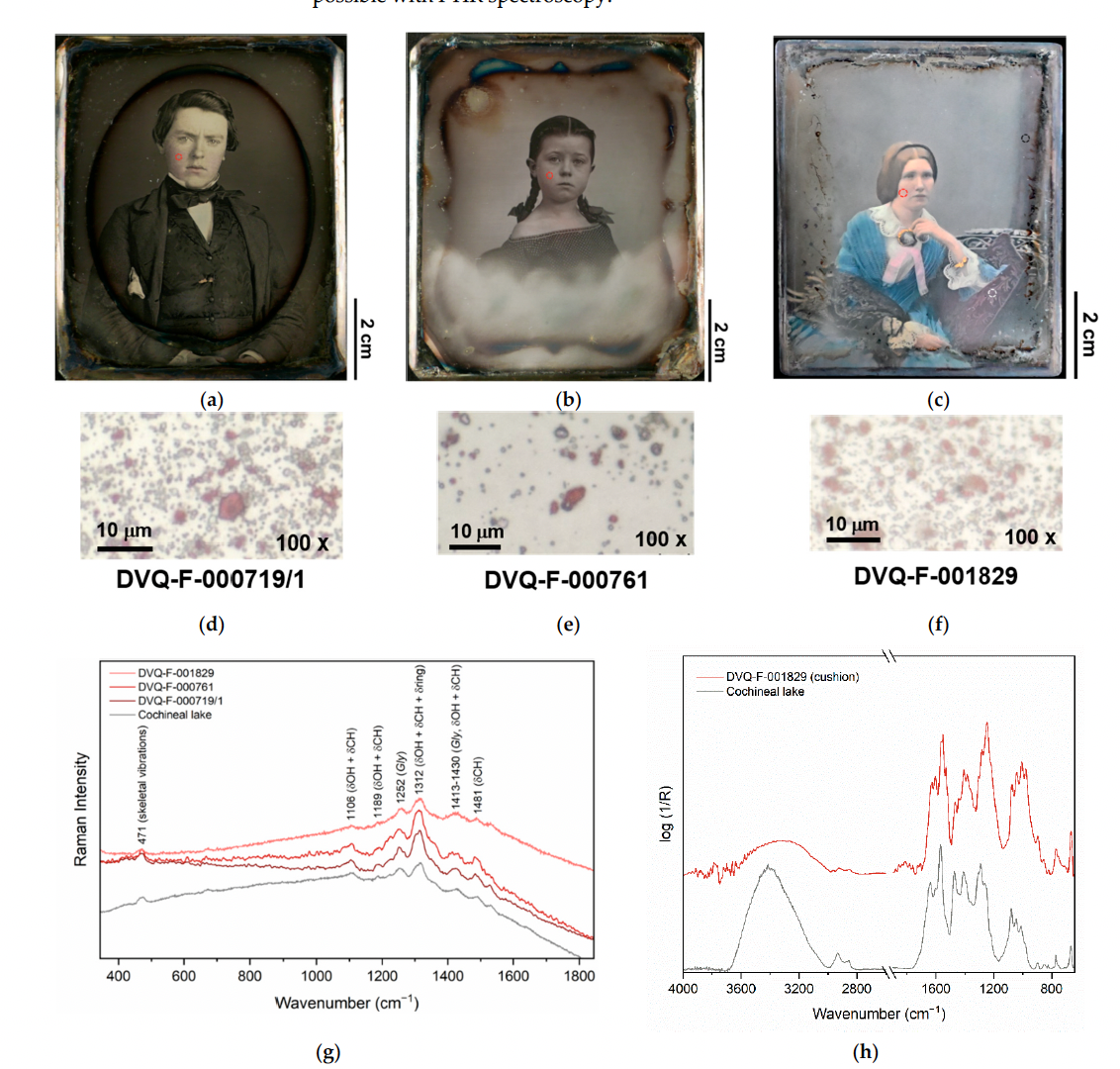In the framework of the DIAGNOSE project, an article titled “The Colors of the Butterfly Wings: Non-Invasive Microanalytical Studies of Hand-Coloring Materials in 19th-Century Daguerreotypes” has been published in the Heritage journal as part of the special issue “Colour Photography and Film: Analysis, Preservation, and Conservation of Analogue and Digital Materials“, curated by Marcello Picollo (IFAC) e Barbara Cattaneo (OPD).
Abstract – The public expected color from the early photographic images, yet, daguerreotypes—the first commercially available photographic process—failed to register the natural colors. Daguerreotypists developed several coloring methods to solve this inconvenience after 1840. Scientific analyses of the hand-colored daguerreotypes are limited, and the primary information sources available are manuals and patents. This study aims to contribute to the knowledge of hand-coloring techniques, which impacts conservation practices, mainly the cleaning procedures and complements technical art history investigations. We studied nine colored daguerreotypes with a non-invasive methodology based on three spectroscopic techniques: X-ray fluorescence (XRF), micro-Raman spectroscopy (μ-Raman), and micro-Fourier-transform infrared spectroscopy in reflection mode (μ-rFTIR). The results revealed the different colorants and some of their mixtures employed by the colorist. It also adds information regarding the photographic production of three studios: Désiré François Millet, active in Paris between 1840 and 1868; Antoine Claudet (1797–1867), active in London; and the James E. McClees and Washington Lafayette Germon studio, operative between 1846 and 1855 in Philadelphia, USA. These technical details constitute a helpful comparison to future studies on Daguerreian studios and colored daguerreotypes.
Read the full article: https://www.mdpi.com/2014822
